So after the great fish die-off last week, we went back to the store on Sunday for 3 more fish. We agreed not to name them until we saw if they survived. This time we carefully did not put any of the store water into our tank. We got them safely in, and this time I was on top of testing. And wouldn’t you know, the ammonia in the water spiked almost immediately!
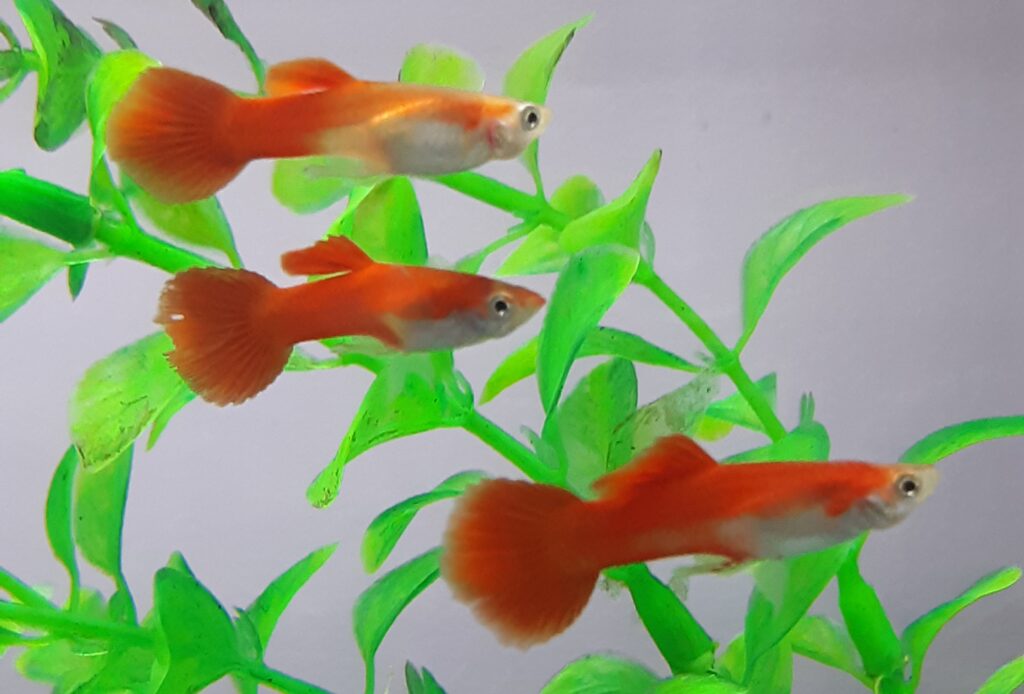
We fought the ammonia frenetically. Added bacteria, ammonia-locking chemicals, and changed water like mad. At night, I threw in an emergency ammonia tablet, hoping some of the fish would survive the night.
Miraculously, all three survived the night, and I changed out water immediately that morning. But only 2 of the 3 fish ate any of the food I put in. The smallest was lethargic, hiding in corners. We sensed that this one was not going to make it—and we were right. By mid-afternoon, fish #12 had died. Daughter shed a few tears: “He was a good listener. He would sit there and listen while I talked.” She told me that if he had lived, he was going to be the next in the long line of Seashells we’ve had.

The other 2 fish seemed okay, swimming around rather vigorously when the ammonia levels dropped after a water change. I tested the water and changed water every 2 hours the entire day. The ammonia levels dropped and stayed dropped, although not quite perfect yet. Then the second night was upon us, and I used another emergency tablet overnight.
The next morning (Tuesday), both fish were still alive, and the ammonia levels had dropped a bit more overnight. However, one of the fish was acting badly. Not energetic anymore—and his mouth looked white. He did not eat, even when the food particles floated right past him. This fish already had slight tail-rot, so against my own advice I had started calling him Holey. Holey’s behavior deteriorated throughout the day. Then, in late afternoon, Holey died—and my daughter saw it happen.
My daughter was distraught. “He was a trooper. He tried so hard to stay with me, because he knew I wanted him to. He was swimming sideways. I sang to him, because I knew he wanted me to.” She insisted that his name was not Holey, but Holy “without the e” because it suited his personality. Many tears were shed over this fish and witnessing his demise.
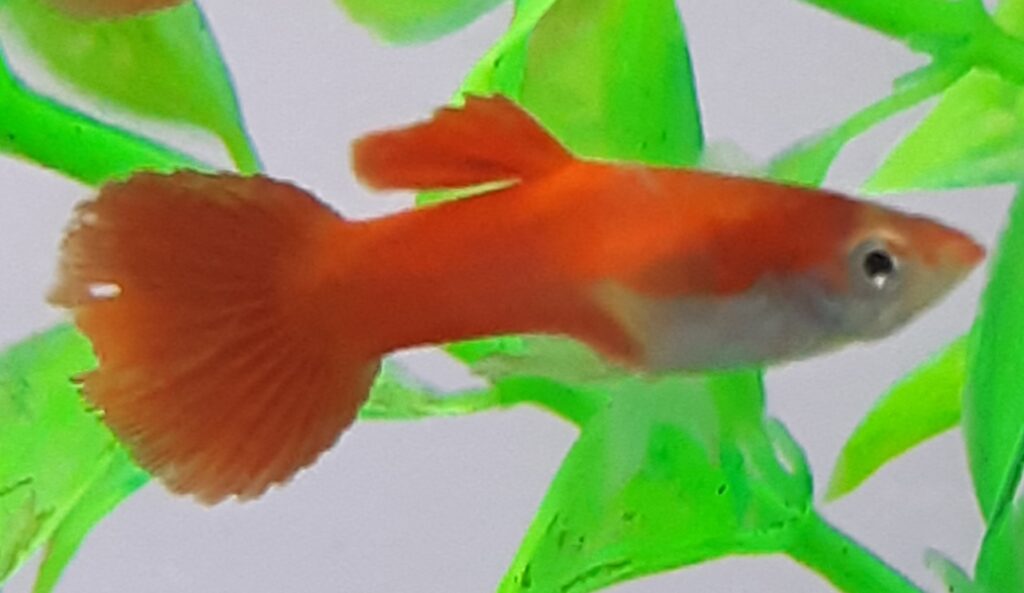
I felt bad about Holy because I wonder if I had been more aggressive with the medicine that protects against tail rot and mouth fungus if I could have saved him. We have had fish survive tail rot before, but we’ve never had mouth fungus. I realized belatedly that the first fish had also had that crazy white mouth before its death. I had put the medicine in the water, but I know I missed a few times. If I had been aggressive with it, perhaps Holy would not have gotten the mouth fungus, since he was fine the day prior. But hindsight is 20-20, and I will never know the answer to my wondering.
So that left us with fish #14, who my daughter named Zippy. “Zippy comforted Holy. He’s a kind, good fish.”
Today is Wednesday, and I have tested the water every 2 hours. The ammonia has stabilized at a good level, and I have not changed water as frequently. Zippy had been scratching himself against things, indicating his skin was irritated from the ammonia. I added lots of a liquid that sooths and heals the slime coat. He stopped scratching a few hours later and has been swimming around all levels of the tank (they stick to the top when ammonia is high), so that seems good. Although he did not eat when I fed his this morning, I caught him grazing on the moss ball and algae later in the day, and he gobbled up a flake of food knocked loose when I changed the water.
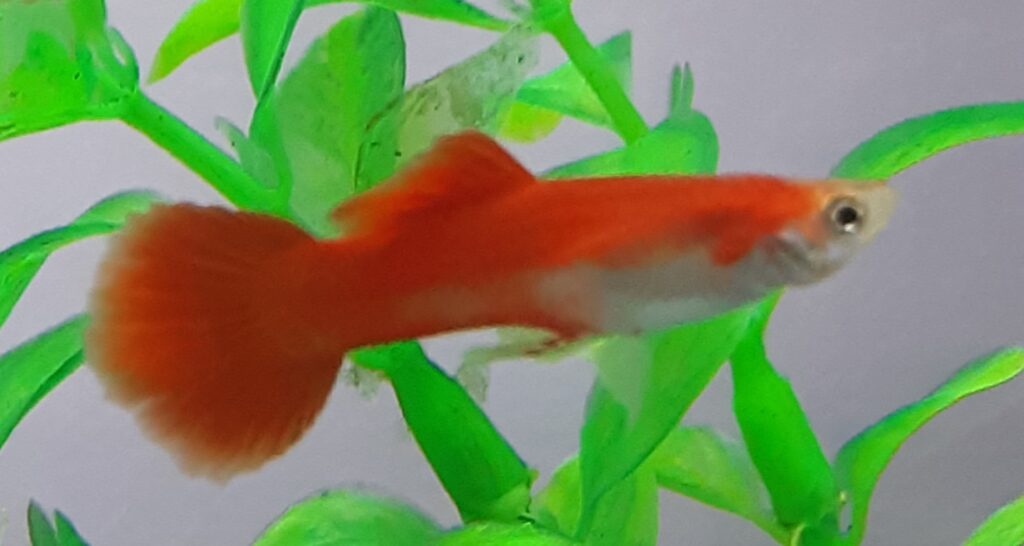
As of this writing, he seems happy, and his mouth is not white. I have been crashing the tank with the medicine, as well as the ammonia detoxifier and nitrifying bacteria. It seems stable. We shall see if Zippy escapes the mouth fungus scourge.
Fingers crossed for Zippy.
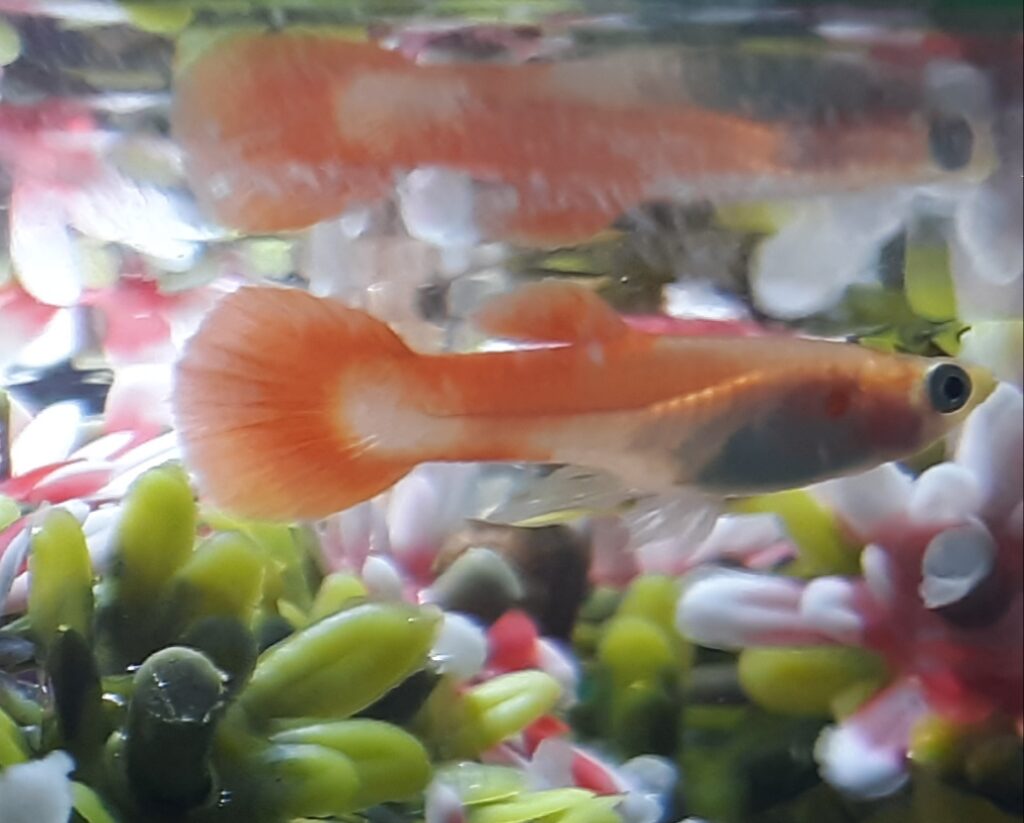
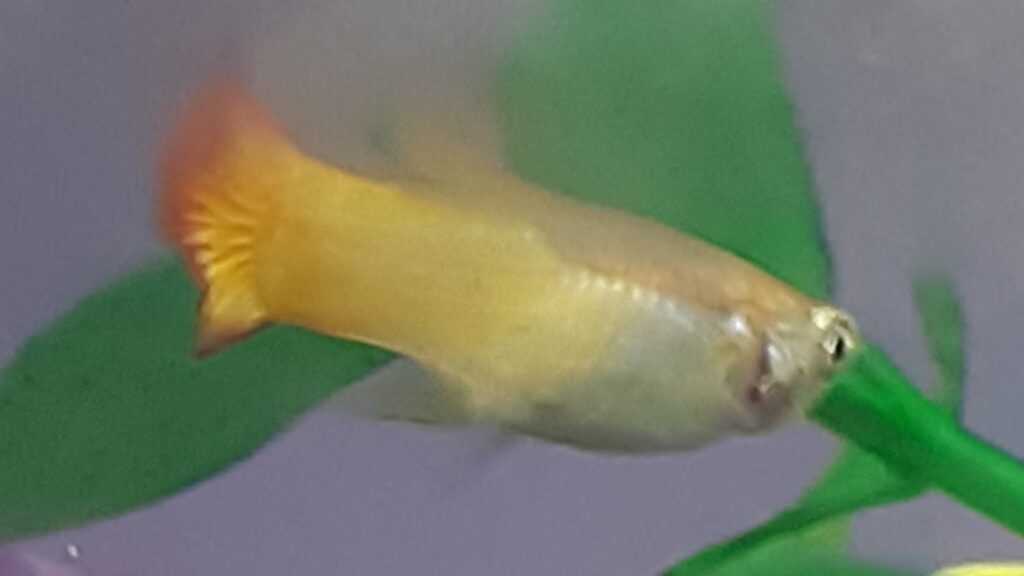
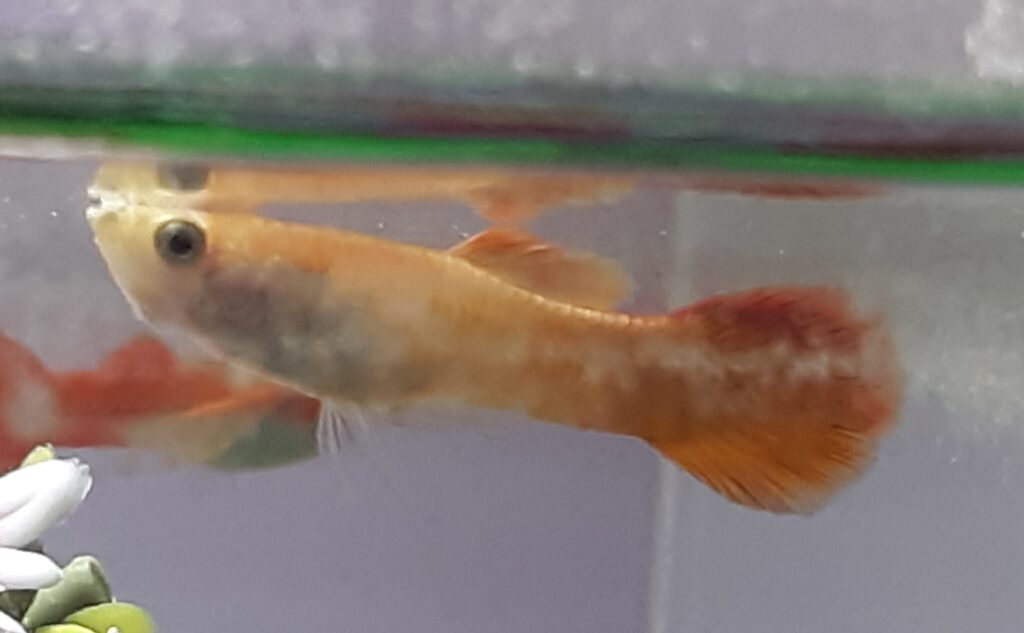
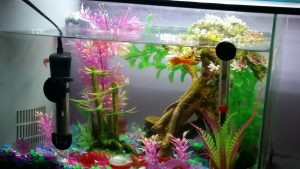
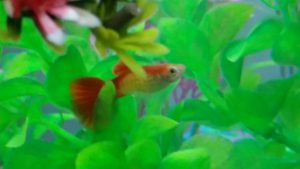
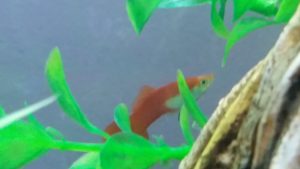


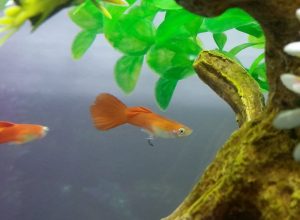
The Aquarium Wars Continue—CoronaLife Day 264
It’s been a pretty quiet week following our unusually quiet Thanksgiving. My main excitement—and one I could do without—was a resumption of my fighting ammonia spikes in our aquarium.
We have one fish. One puny little 2-inch fish. Little orange guppy named Zippy. He has proven to be pretty hardy, having survived the initial ammonia spike starting November 8th, when we got him and two others. His two tank mates died from a combination of the ammonia and a mouth fungus. But Zippy survived.
Our tank settled for a while, but the ammonia continued to creep up too high every day. For a while it would go up to 0.5, and I would change out the water and put in chemicals. I even installed a new sponge filter with air pump to increase filtration, which will hopefully bring the ammonia under control once it gets established.
Instead, the ammonia went crazy (coincidentally, not to do with the new filter). Spiking up to 1.0 every few hours. The recommended way to remove excess ammonia is to change out some water. At one point I changed out 6 gallons of water a day—and we only have a 5-gallon tank! This could not go on.
Upon advice from an author friend who is also an experienced aquarium person, I did what felt counter-intuitive. I stopped changing out the water. My friend said changing out so much water might have “broken” the bio filer cycle, because while it gets ammonia out, it also removes the good bacteria that eats the ammonia. So she said to leave the water but bomb it with nitrifying bacteria (“good bacteria”). Put in many times the recommended amount. So at my daughter’s bedtime, I changed out half the water in the tank and then I poured in 4 capfuls of the bacteria (and a capful of the ammonia detoxifier). Four hours later, when I went to bed, I put in another capful of ammonia detoxifier and another 4 capfuls of the bacteria. Then I went to bed and hoped Zippy would still be alive in the morning.
Zippy almost gave me a heart attack in the morning, because I couldn’t find him in the tank. Often that means they died and are laying on the bottom somewhere, obscured by gravel, shells, etc. But I found him eventually, hiding half-asleep behind his favorite plant. Whew!
I tested the water, fearful the ammonia would be sky-high. Instead it was 0.25—normal for my tank (although it should be 0, but never has been in 3 years). I could hardly believe it. I tested the water every 2 hours the rest of the day, and so far it has stayed at 0.25. I did add more bacteria and more ammonia detoxifier a few times through the day.
So, fingers crossed the ammonia stays stable. Poor Zippy has been through a lot, and frankly I am shocked he is not dead. It would be nice if he could just enjoy his tank without my constant intrusions for a while. And our water bill will be much lower!
So how have you spent this week that transitions us into December?